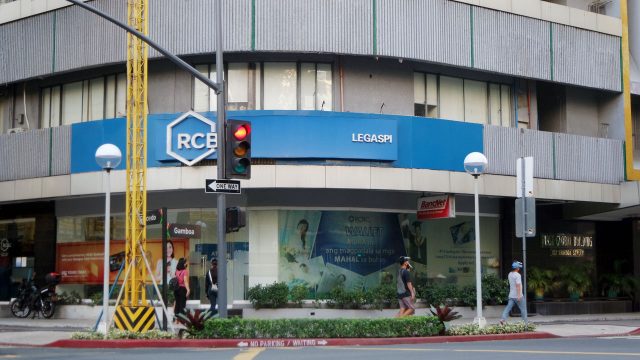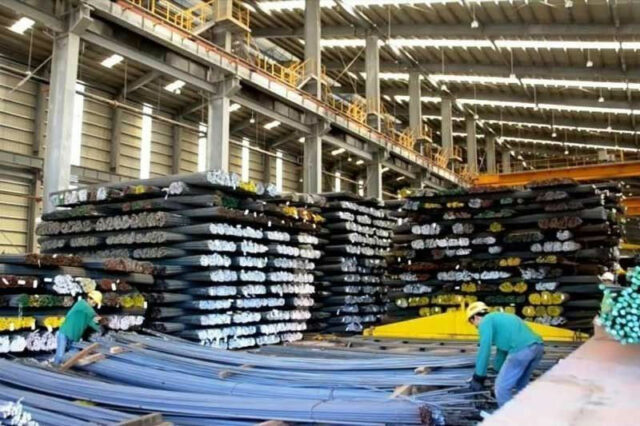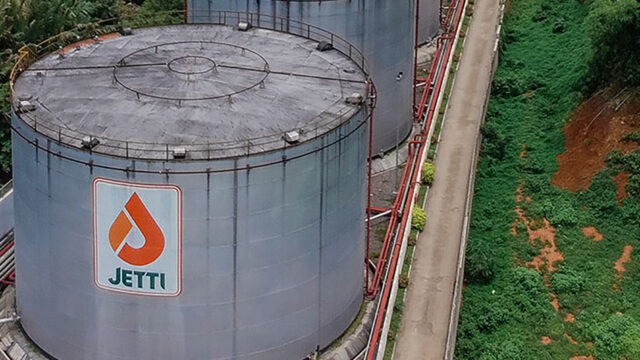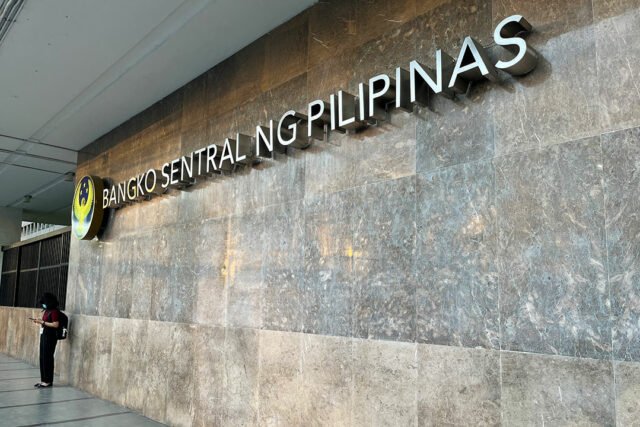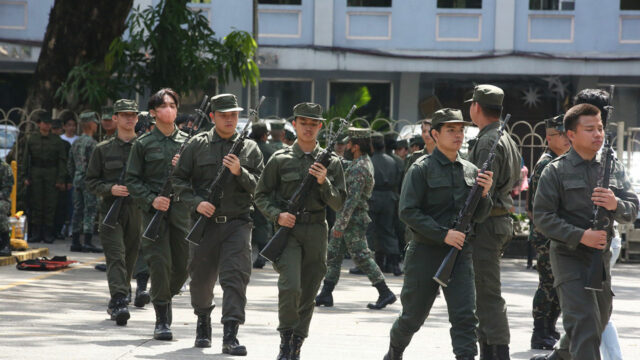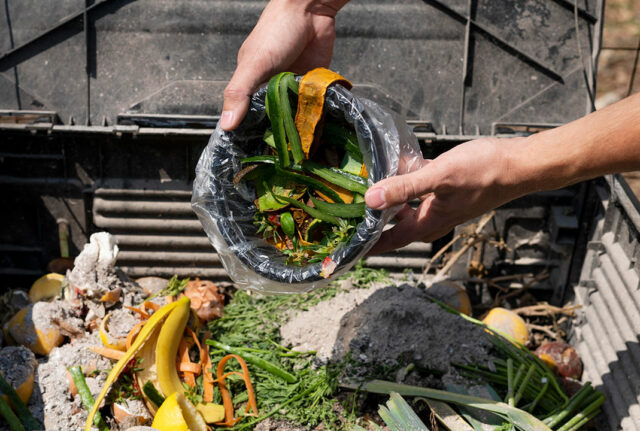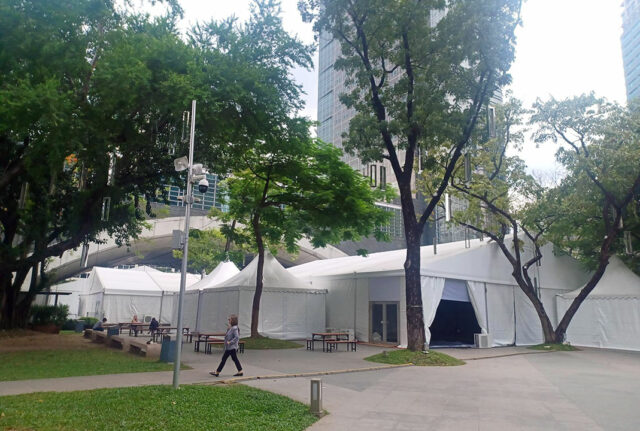Every January many international and local organizations issue their outlooks for the year, including on perceived risks. I personally look out for them, since these reports give a good idea of what issues national and business leaders will be watching out for.
The World Economic Forum, for one, published on Jan. 17 its Global Risks Report 2025 (its 20th such report) and its complementary Executive Opinion Survey (EOS) on national risk perceptions, among other studies, ahead of its Jan. 20-24 annual meeting in Davos, Switzerland. The Global Risks Report enumerated the top 10 “current” global risks as, in descending order: state-based armed conflict, extreme weather events, geoeconomic confrontation, misinformation and disinformation, societal polarization, economic downturn, critical change to Earth systems, lack of economic opportunity or unemployment, erosion of human rights and/or economic freedoms, and inequality.
‘URGENT’ AND ‘ALARMING’
The latest report noted that, among these concerns, environmental risks have transformed “from long-term concern to urgent reality” for many of its respondents, consisting of “over 900 global leaders across academia, business, government, international organizations and civil society.”
“The impacts of environmental risks have worsened in intensity and frequency since the Global Risks Report was launched in 2006,” the report read. “Environmental risks have dramatically increased in ranking over the 10-year time horizon since the introduction of the Global Risks Report in 2006.
“Moreover, the outlook for environmental risks over the next decade is alarming. While all 33 risks in the GRPS (the Global Risks Perception Survey that provides the basis for this report) are expected to worsen in severity from the two-year to the 10-year time horizon, environmental risks present the most significant deterioration,” it added.
“Extreme weather events are anticipated to become even more of a concern than they already are, with this risk being ranked in the 10-year risk list for the second year running,” while “[b]iodiversity loss and ecosystem collapse ranks No. 2 over the 10-year horizon, with a significant deterioration, compared to its two-year ranking.”
This concern accounts for the top three perceived risks in Southeast Asia (critical change to Earth systems, extreme weather events, as well as biodiversity loss and ecosystem collapse) over the next 10 years, followed in the region by “adverse outcomes of AI technologies” and “misinformation and disinformation” on the list of top five risks.
While the EOS, which surveyed over 1,100 business leaders in 121 economies, listed economic downturn, poverty and inequality, inflation, food supply shortage, as well as unemployment or lack of economic opportunity as the top five concerns of Philippine-based businessmen, a separate survey which the Management Association of the Philippines (MAP) conducted among its over a thousand members showed their top concerns for 2025 were, in descending order: corruption, education, economy, ease of doing business, climate change, cybersecurity and dealing with local governments.
TAPPING ORDINARY CITIZENS
Reading all these reports brought me back to a conversation that I had with my kids just last month, as I took the Christmas holidays as an opportunity to engage them in more in-depth chats, including on issues that interest them.
On the issue of the perceived worsening climate, we noted that government responses range from text alerts of the National Disaster Risk Reduction and Management Council (NDRRMC) in the event of floods, quakes, and volcanic activity, to occasional drills and established evacuation routes at the local level (not many though).
But ask any ordinary citizen on the street if he/she knows what to do in case a disaster hits his/her community, chances are that no one will have a ready answer.
So, there lies the gap.
Hardly the state of general preparedness which one would otherwise logically expect in a country that has been deemed as being among the most at risk from climate crises.
I recently watched an Al Jazeera feature on what some Taiwanese youth have been doing on their own in order to prepare for a potential invasion by China — from taking advanced first aid training to basic firearms handling and shooting via airsoft (with police supervision), since Taiwan prohibits civilians from owning guns. That’s for a state (yes, it has all the requisites for an independent state, whatever else Beijing says) that already maintains a one-year military conscription system for men.
We are nowhere near the state of siege that Taiwan or South Korea are in, but we face storms and floods almost like clockwork every year (not to mention volcanic eruptions and earthquakes).
And with the Philippines’ median age at 25.7 years as of last year, it’s clear that any program to “climate-proof” the population needs to focus on the youth.
OVERHAUL NEEDED
There is an existing mechanism that may be suitable for this purpose, namely: the National Service Training Program (NSTP) established under Republic Act No. 9163. That law requires tertiary-level students to undergo the NSTP, for which they have three options, namely: Civic Welfare Training Service (CWTS), Literacy Training Service (LTS), and the Reserve Officers’ Training Corps (ROTC).
An official primer said that NSTP was established “to promote civic consciousness among the youth and inculcate in them the spirit of nationalism and advance their involvement in public and civic affairs” and “to develop the youth’s physical, moral, spiritual, intellectual, and social well-being and promote defense preparedness and ethics of service while undergoing training in any of its three program components. Its various components are specially designed to enhance the youth’s active contribution to the general welfare.”
What did my kids and their peers do under NSTP’s CWTS component in their universities? One’s class donated an amount to a rural community (well, it was at the height of the pandemic, after all), while another spent three nights with a fishing village.
Did they improve the lot of those target beneficiaries even just a bit? Based on their anecdotes, I doubt it. Did they learn anything? NOTHING.
This reminds me of my basic ROTC days, which consisted of marching plus just a few classes (I cannot remember the topics, so they couldn’t have been useful) for two hours every Saturday for two years.
Did I or any of my peers learn anything (besides how to march in unison with others, that is, without developing teamwork skills)? ZILCH. NADA.
I learned patriotism and civic consciousness (not to mention discipline, leadership skills, and even how to safely handle firearms) elsewhere, and so considered all those hours of marching — under a program that gets an annual budget, mind you — a colossal waste of time (and people’s money) that could have been better spent on productive, impactful pursuits.
PROPOSED IMPROVEMENTS
Now we find out that a bill to revive mandatory ROTC has been included (as a “second priority,” but still) among priority measures listed by the Legislative Executive Development Advisory Council (LEDAC) as of Jan. 16 (for the full list go here: https://ledac.neda.gov.ph/resources-2/19th-congress/).
To its credit, Senate Bill No. 2034 adds to the ROTC curriculum “practical and applicable knowledge and skills that are necessary, essential and ideal for survival, and providing service in times of emergencies and disasters, including disaster response operations, skills for search, rescue and relief operations, and early recovery activities.”
The House of Representatives approved on final reading a related bill in December 2022, although it did not revive mandatory ROTC. House Bill No. 6687 (which is not a LEDAC priority measure and is now dead in the water) seeks to put in place a two-year National Citizens Service Training (NCST) program for youth in undergraduate degree as well as two-year technical vocational programs, which replaces the current, existing NSTP — complete with its CWTS, LTS, and ROTC options — and focuses training on practical skills for emergency and disaster response and, in the case of the ROTC, for officership in the military.
Both bills provide incentives for all those that will undergo training, as well as safeguards against hazing, corruption, and other abuses in the ROTC program.
HB 6687 will also form a civilian National Service Reserve Corps, consisting of all those who have completed the envisioned NCST program, under the control and supervision of the NDRRMC through the Office of Civil Defense (OCD), while ROTC graduates will be under the supervision of the military.
The SB 2034 will group all those that complete the ROTC program in “school-based ready reserve units,” while HB 6687 will organize NCST grads in school-, community-, sector-, and skill-based units for easy mobilization in times of natural or man-made calamities.
HB 6687 also provides that students who have completed the NCST Program will have complied with the mandatory military registration and training under Republic Act No. 7077, or the Citizen Armed Forces of the Philippines Reservist Act.
WHICH FRAMEWORK?
While indicating that one was a corps commander may lend just a bit of pizzazz to a resume right after graduation, I have not met anyone who has said that he learned anything useful under basic ROTC, even as a Pulse Asia survey commissioned by a senator last year reportedly showed that 69% of respondents were in favor of making this program mandatory again.
The main standard role of the military has been to fight armed aggression, so I do not know if putting part of disaster response, i.e. a ready reserve, automatically under the military is appropriate. Personally, I have always found it a bit off — even if necessary, given our circumstances — whenever our government through the decades had to call in army trucks for contingencies like public transport augmentation during nationwide protests (meaning officials could have managed civilian issues better). Gosh, even our firefighters are militarized, with military ranks and authorized to carry guns.
It would be better to be clear on such roles — the way that civilian and military roles are clearly demarcated in more advanced countries. So, if one were to undergo military training, then by all means let it professionally impart appropriate skills like marksmanship. Sure, the conscription programs of South Korea and Taiwan are unpopular, but they are needed in the face of real armed threat.
Our needs are different (yes, even in the face of China’s aggression in the West Philippine Sea and espionage in our territory).
What competencies are needed by a country at the forefront of climate risks? You have a wide variety of survival skills like water purification, putting up makeshift shelters, telling the time without gadgets, orienteering, advanced first aid, self-defense, as well as preparing emergency food and medical stocks that are best entrusted to training under the OCD. Add to that, other skills ranging from mastering basic knots for various purposes, to rappelling, to problem solving, to effective interpersonal communication, to disaster relief supply management, as well as to community organization, coordination, and leadership.
Skills training can also vary according to specific risks of localities, e.g. proximity to an active volcano, a river, the coast, or to the Valley Fault System.
Hence, this effort can tap third parties like the Philippine Red Cross, accredited volunteer firefighters, and the Philippine Eskrima Kali Arnis Federation that offer specialized skill sets. A semester with the Red Cross, volunteer firefighters, or accredited emergency medical assistance teams could provide practical exposure.
Meaning: if we were to spend time, effort, and public funds to train our youth to credibly take on real-life challenges that could be posed by natural and man-made disasters, then we might as well do so competently.
Wilfredo G. Reyes was editor-in-chief of BusinessWorld from 2020 through 2023.

